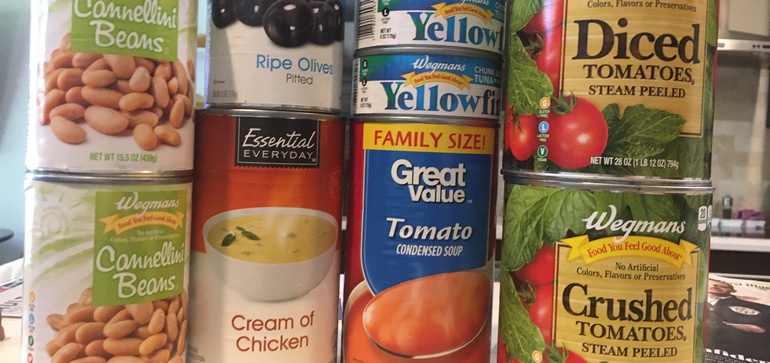Christopher Doering/Food Dive
By Christopher Doering|Source: www.fooddive.com, September 2021
Dive Brief:
- Private label brands have struggled to keep up with brand name offerings during the past year, according to data from IRI. The Chicago-based market research firm said during the 52 weeks ending Sept. 19, sales of brand names rose 3.6% to $536 billion, while private label increased 1.5% to $142 billion.
- IRI found brand names had 79.1% of each food dollar spent in the 52 weeks ending Sept. 5, 2021, up 0.3 percentage points from a year ago, compared to 20.9% for private label. The data showed the increase in share for brand names at the expense of private label was especially prominent in pork, up 3.3 points; beef, up 2.9 points; and fresh bread and rolls, as well as bottled juice, both increasing 1.5 points.
- Once dismissed by consumers as inferior, private label has now become a standard go-to item for many people when they shop — generating billions in additional revenue for the companies that manufacture these products.
Dive Insight:
As the pandemic unfolded, there was widespread optimism that private label brands would continue their upward climb. But last year, for the first time in a decade, sales growth of national brands outpaced the growth of private labels, according to NielsenIQ data.
Krishnakumar Davey, president of strategic analytics at IRI, told Food Dive that private label brands were hit harder than their brand name peers by supply chain issues in areas such as transportation. In some cases, he said, brand name manufacturers may have prioritized making their own higher-margin products instead of private label offerings.
Another factor hurting private label is the fact that many consumers haven’t gone out as much or avoided expenses like commuting to work, buying a cup of coffee or traveling, and have been flush with extra cash, he said. The money, coupled with the ongoing move toward premiumization, makes brand names a more attractive option due to their higher-quality reputation and nationwide recognition.
“People are buying more premium products, even among low-income shoppers,” he said.
Still, Davey said it may not be long before private label has regained at least some of its momentum.
Many consumers are no longer getting extra money from the government, hitting lower and middle income shoppers especially hard. Inflation also is battering much of the U.S. economy, and food and beverage makers of everything from meat and pizza to snacks and sports drinks are passing on a major portion of their increase in expenses to the consumer.
Coca-Cola, Unilever, Nestlé, Mondelēz International and General Mills are just a few of the companies whose executives have announced price increases or telegraphed to Wall Street that hikes are coming to offset rising expenses.
“We’re seeing that in some industries already that consumers are beginning to cut back, right on the more expensive side and on the poor substitution side,” Davey said. “The consumer doesn’t have an infinite wallet.”
The last year created a perfect storm that in many ways made private label a less attractive option, and minimized the reasons people would have turned to it in the past. But with less money going around, higher prices and improvements in the supply chain, private label may once again regain its momentum.
There’s also the growing e-commerce channel, where more consumers are buying their groceries. In April, Kara Sheesley, then-vice president of retail engagement at NielsenIQ, said e-commerce allows retailers to have more control over their online platforms that they can use to drive sales.
“Retailers own that space, and so they actually have more control over what your eye is taken to, which also means that it creates a great opportunity for retailers to support the growth of their own brands,” she said.
Follow Christopher Doering on Twitter

